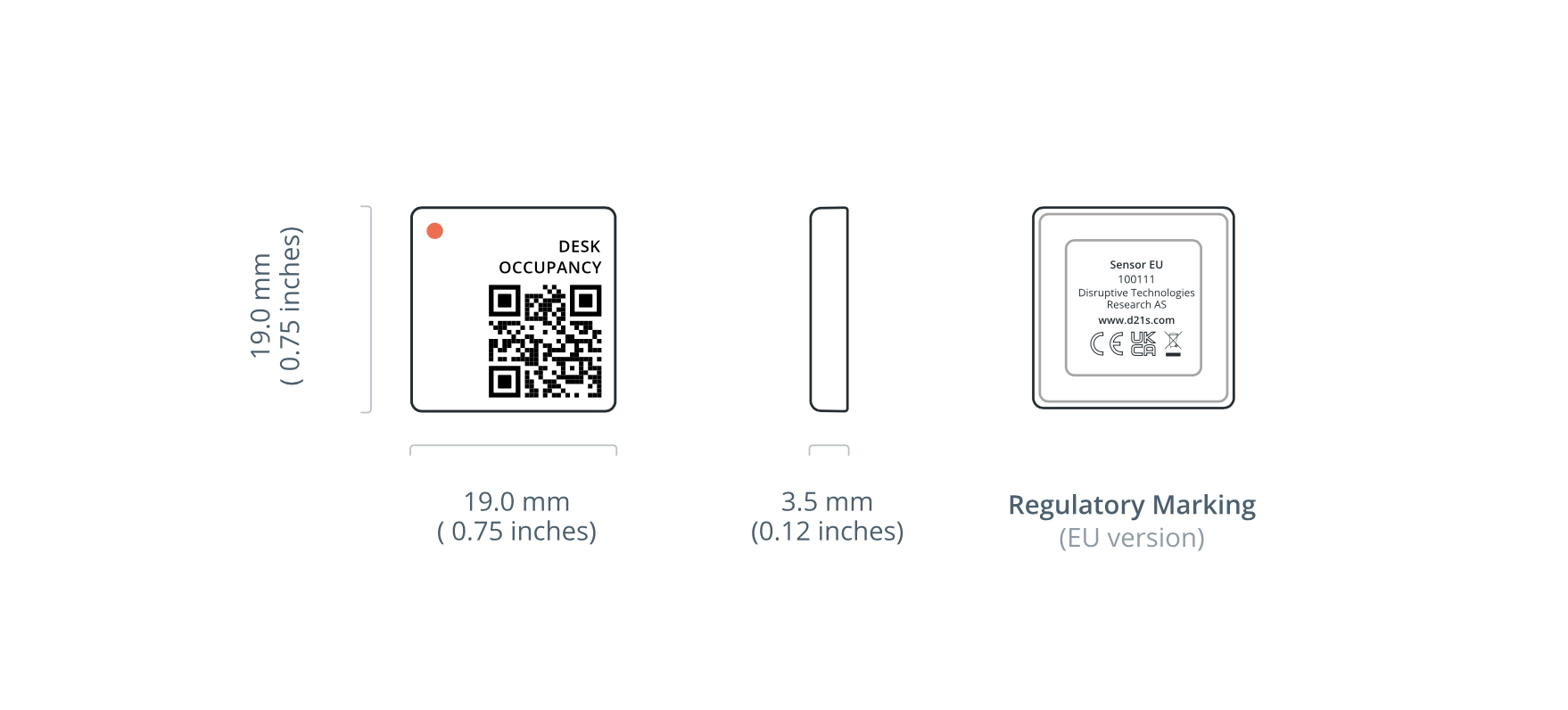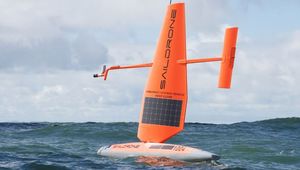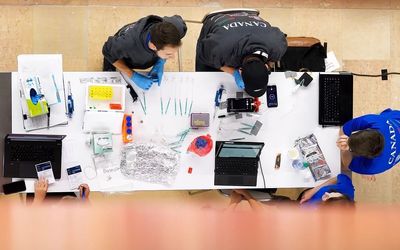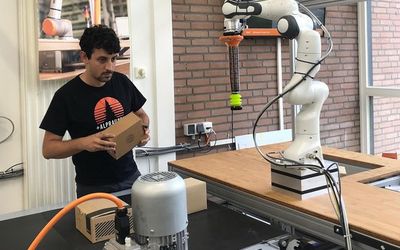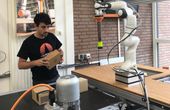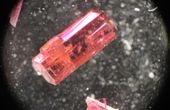Wireless Desk Occupancy Sensor
A tiny, non-invasive sensor that can accurately detect desk occupancy
Technical Specifications
| Temperature Range | 0 to 50 °C / 32 to 122 °F |
| Humidity | 10 to 90% RH (non-condensing) |
| Wireless communication | |
| EU | 868 MHz SRD/ISM band, SecureDataShot |
| US/Canada | 915 MHz ISM band, SecureDataShot |
| Certification and compliance | |
| EU | CE, UKCA, WEEE, Batteries directive |
| Certified to FCC and ISED regulations | |
| US/Canada | FCC ID: 2ATFX-100541 IC: 25087-100541 |
| Battery Specification | |
| Battery | BR1225 (non-replaceable) |
| Lifetime | Up to 8 years (standard mode), up to 3 years (Boost mode) |
| Other | |
| Storage conditions | Cool and dry, near normal room temperature |
| Construction | IP68, impact modified acrylic film |
| Size and weight | 19x19x3.5mm, 3.0g |
| Mounting method | Adhesive |
| Wireless range¹ | 25 m indoor (100 m w/extender) |
| Product numbers | |
| EU | 102553 |
| US/Canada | 102554 |
Overview
Overview
The Wireless Desk Occupancy Sensor uses a combination of temperature measurements and machine learning to determine if a desk is occupied or not based on changes in temperature created by the presence of people sitting at a desk.
Problem/Solution
A desk occupancy event with an OCCUPIED state is sent to the cloud when the desk becomes occupied. Similarly, a new event is sent to the cloud with a NOT_OCCUPIED state when a desk becomes available. The sensor will typically detect if a desk is occupied within 5-10 minutes of the person arriving at the desk. Similarly, it will typically detect if a desk is not occupied within 5-10 minutes of the person leaving.
The result is wirelessly transmitted to nearby Cloud Connectors (gateways) via the SecureDataShot™ protocol. Cloud Connectors relay sensor data into the DT cloud infrastructure. From here, the data can be forwarded to other cloud services using Data Connectors, viewed directly in DT Studio (web application), or sent to external services using webhooks or a REST API.

The machine learning model used to determine if a desk is occupied or not is trained based on data from a typical office environment (20-25C, 15-60% RN). While the sensor can be used in environments outside this range, the detection accuracy might be affected. DT continuously improves the machine learning model to cover a broader range of environments.
Design
